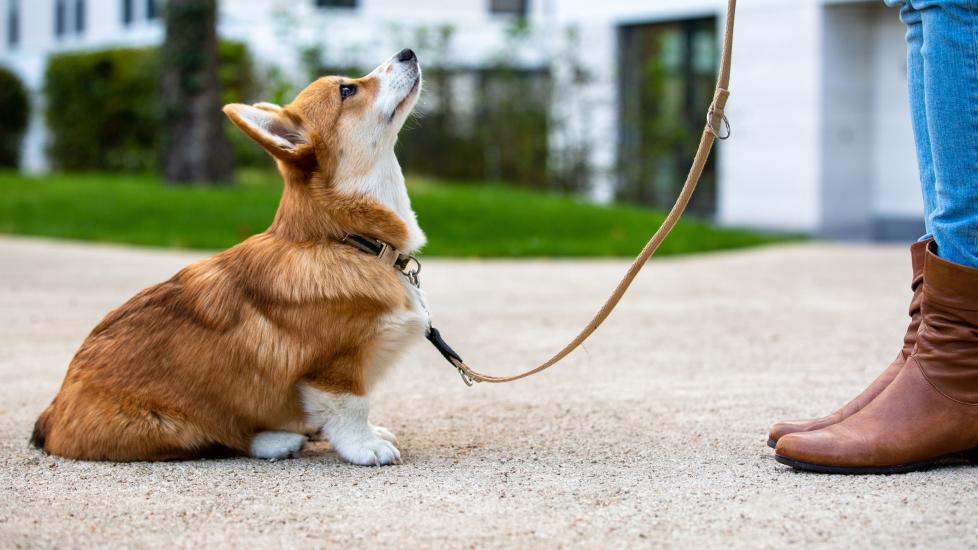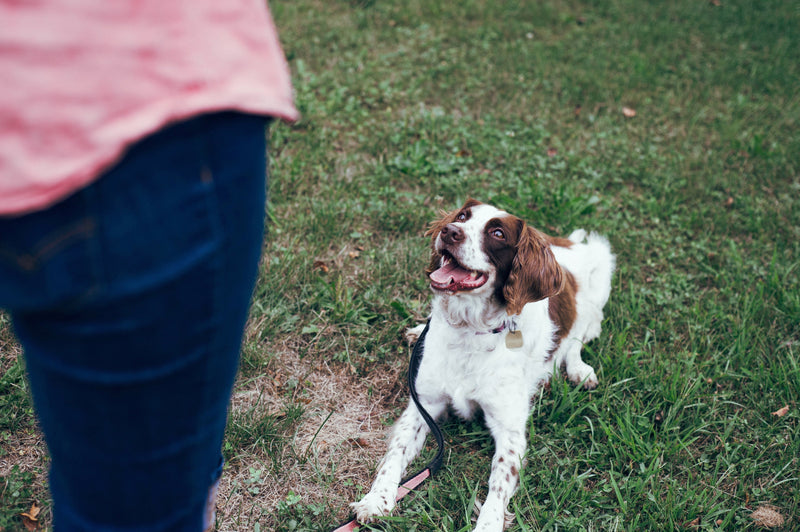
Understanding and Managing Dog Aggression Towards Fence Lines
Share
As responsible health-conscious pet owners, understanding your pet's behavior, including dog aggression towards fence lines, is crucial. This behavior can often be distressing and create unnecessary stress for both the dog and the owner. Let's delve into why this happens and explore how to manage it effectively.

What Causes Dog Aggression Towards Fences?
Often, you'll notice dog aggression towards fences as your pet barks, lunges, or paws frantically at the boundary lines. Such aggressive tendencies usually stem from territorial instincts, anxiety, or even a lack of proper training and exercise. Dogs view the area beyond the fence as their territory, and they might feel the need to defend it from perceived threats such as other animals, passing cars, or even people.
Territorial Instincts
Dogs are naturally territorial creatures. The presence of an unfamiliar person or animal beyond the fence can trigger an aggressive response to ward off the perceived intruder. This is especially prevalent in breeds known for their guard dog capabilities.
Anxiety and Boredom
Lack of mental stimulation and physical activity can also lead to fence aggression. When dogs do not get enough exercise, they become frustrated, which can manifest as aggression. Such signs are common even in scenarios like dog aggression towards children and other animals.
Strategies for Managing Fence Aggression
Addressing dog aggression towards fence requires patience and consistency. Below are some effective strategies to manage and redirect this behavior:
Engage with Training Sessions
Training is a fundamental component of modifying a dog's behavior. Sessions focusing on commands like 'leave it' or 'quiet' can be particularly beneficial. Professional training tips, such as those from the experts at Blue Cross, offer a wealth of practical insights for pet owners looking to mitigate such behavioral issues.
Enhance Physical Activities
Regular physical activities can help reduce built-up energy that leads to aggression. Long walks, playtime, and interactive games like fetch can engage your pet's mind and keep them physically fit. Remember, a tired dog is a happy dog.
Establish Boundaries and Limitations
Use barriers or objects to obstruct their view beyond the fence. This can reduce the visual stimuli that trigger aggression. In addition, understanding more about specific aggression scenarios, like dog aggression towards cats or other animals, can provide a detailed perspective on managing boundary-related behaviors.
Professional Help and Consultation
If these strategies do not yield desired results, consider seeking professional help. A certified dog behaviorist can offer personalized solutions to complex behavioral issues.
When to Consult a Behaviorist
Signs to look for include extreme aggression even with consistent training efforts, unpredictability in their response to boundaries, and if the aggression escalates into physical harm to themselves or others.
Conclusion
Addressing dog aggression towards fences is not just about curbing an unwanted behavior; it's about understanding your pet's needs and emotional health. With consistent effort, patience, and perhaps a bit of expert guidance, you can guide your furry friend to a more peaceful and balanced state of mind.

Frequently Asked Questions
What additional resources can help?
Resources such as Dog Aggression Towards Other Animals provide detailed guidance for pet owners.
How long does behavior modification take?
The timeline varies depending on the dog's age, breed, and the consistency of training. Typically, noticeable improvements can occur within a few weeks to months.
Are there specific breeds prone to fence aggression?
While any breed may exhibit aggression, breeds with strong guarding instincts such as German Shepherds and Rottweilers might be more predisposed due to their protective nature.
This article contains affiliate links. We may earn a commission at no extra cost to you.
